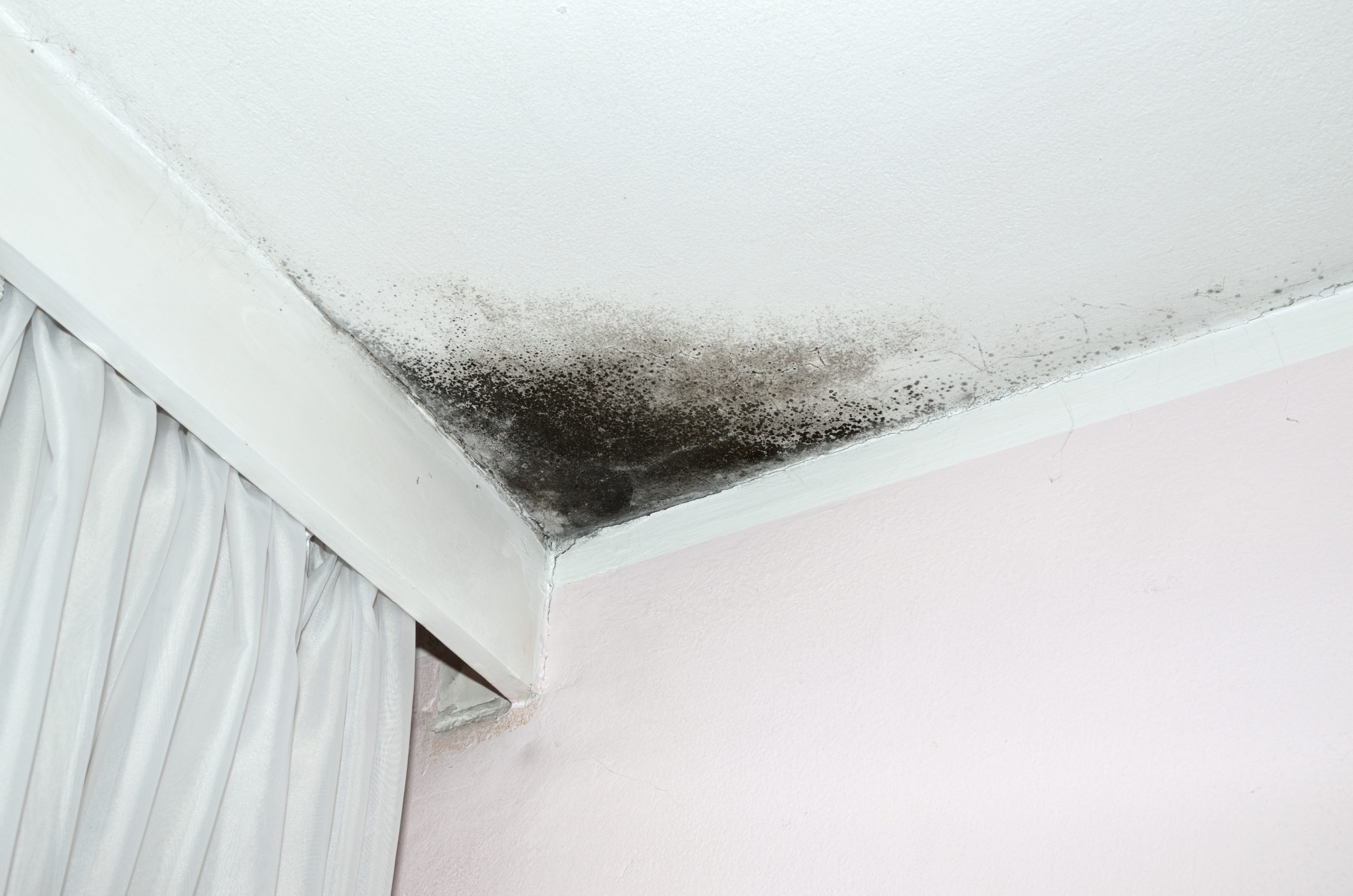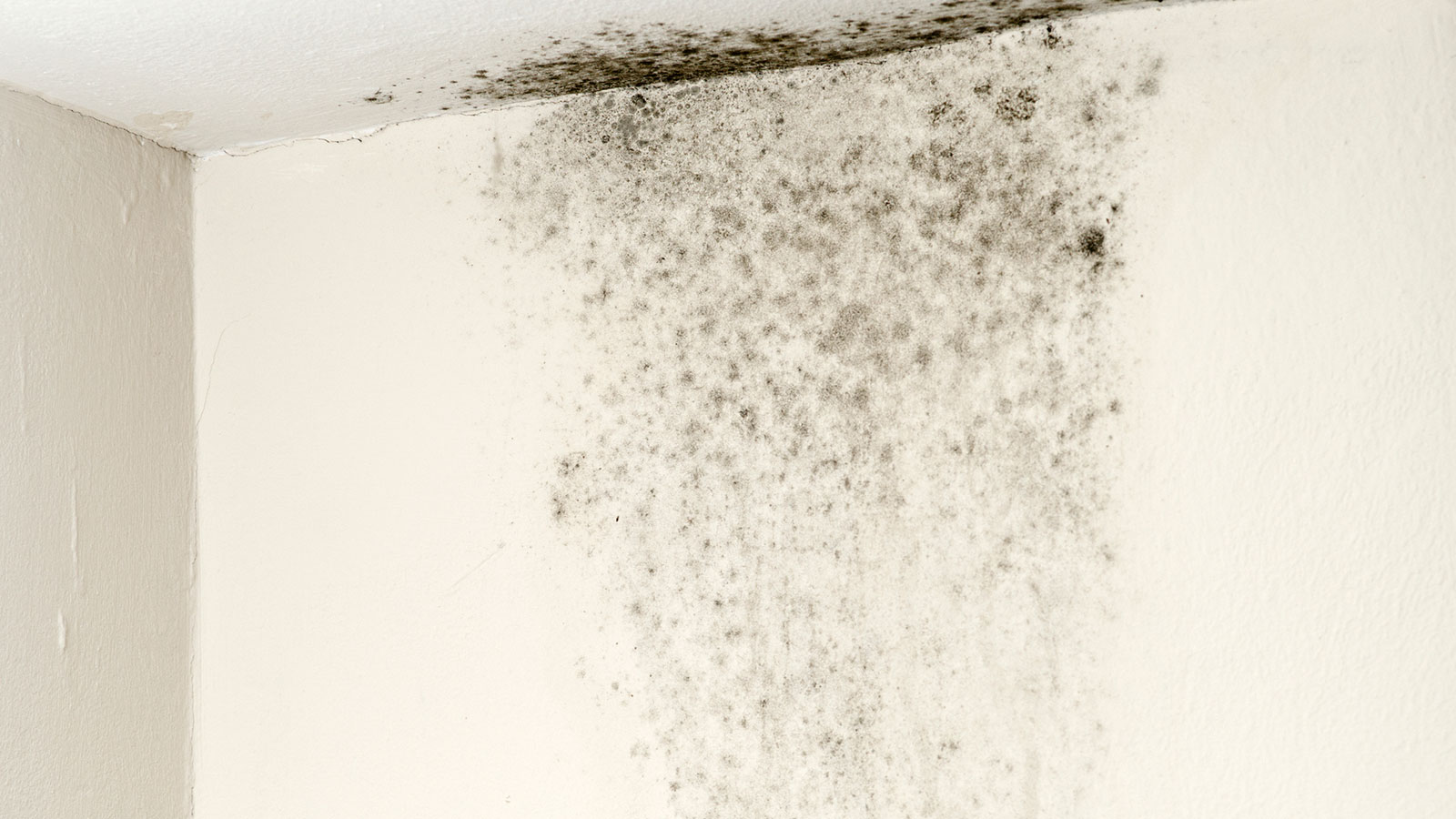Moisture Sources

Black mold thrives in damp environments, and understanding the sources of moisture in your bedroom is crucial for preventing its growth. Condensation, a common culprit, occurs when warm, moist air comes into contact with a cold surface, causing water droplets to form. This can happen on your bedroom ceiling, walls, and windows, creating ideal conditions for mold to flourish.
Common Sources of Moisture in Bedrooms
Moisture in bedrooms can stem from various sources, some more obvious than others. Here are some common culprits:
- Leaky Roofs: A leaky roof can allow rainwater to seep into your bedroom, creating a constant source of moisture. Look for signs of water damage on your ceiling, such as discoloration, sagging, or peeling paint.
- Plumbing Issues: Leaky pipes or faulty plumbing fixtures can also lead to moisture buildup in your bedroom. Check for signs of leaks, such as dripping sounds, damp spots on the floor or walls, or a musty odor.
- Inadequate Ventilation: Poor ventilation can trap moisture in your bedroom, creating a humid environment that encourages mold growth. Ensure your bedroom has adequate ventilation, such as an exhaust fan in the bathroom or a window that can be opened for fresh air circulation.
The Role of Poor Insulation in Moisture Buildup
Poor insulation can contribute to moisture buildup in your bedroom by allowing cold air to seep in from outside. This cold air can then condense on warmer surfaces, such as your ceiling or walls, creating a breeding ground for mold.
Identifying Potential Moisture Sources, Causes of black mould on bedroom ceiling
To identify potential moisture sources in your bedroom, look for the following signs:
- Visible Water Damage: Look for signs of water damage, such as discoloration, peeling paint, or sagging ceilings. These can indicate a leaky roof or plumbing issues.
- Musty Odor: A musty odor can be a sign of mold growth, indicating a moisture problem in your bedroom.
- Damp Spots: Damp spots on your walls, ceiling, or floor can be a sign of a leak or moisture buildup.
- Condensation: Condensation on your windows, walls, or ceiling is a clear sign of moisture buildup. This can be caused by poor ventilation, inadequate insulation, or excessive humidity.
Environmental Factors: Causes Of Black Mould On Bedroom Ceiling

Black mold thrives in environments with specific conditions that favor its growth. Understanding these factors is crucial in preventing its development. This section will explore the optimal temperature and humidity levels for black mold growth, the role of poor ventilation, and how the growth conditions of black mold compare to other types of mold.
Optimal Temperature and Humidity Levels
Black mold, like most other molds, thrives in warm and humid environments. The ideal temperature range for black mold growth is between 77°F and 86°F (25°C and 30°C). Humidity levels play a critical role, with black mold requiring a relative humidity of at least 60% to grow. This means that when the air is saturated with moisture, providing an environment for black mold to flourish.
Poor Ventilation
Poor ventilation is a significant factor in creating a favorable environment for black mold. When air circulation is restricted, moisture can become trapped, leading to increased humidity levels. This stagnant air can also contribute to the accumulation of organic materials, providing a food source for mold.
Comparison to Other Mold Types
While black mold thrives in warm and humid conditions, other types of mold may have different optimal growth environments. For instance, some molds may prefer cooler temperatures or lower humidity levels. However, all molds require moisture to grow and flourish.
Visual Representation
The following table illustrates the relationship between humidity, temperature, and black mold growth:
| Humidity (%) | Temperature (°C) | Mold Growth | < 60 | < 25 | Minimal | 60 – 80 | 25 – 30 | Moderate | > 80 | > 30 | High |
|---|
This table demonstrates that as humidity and temperature increase, the likelihood of black mold growth also increases.
Materials Susceptible to Mold

Black mold thrives in damp environments, and certain building materials are particularly prone to its growth. Understanding these materials and their susceptibility to mold is crucial for effective prevention and remediation.
Materials Susceptible to Mold Growth
- Drywall: Drywall, a common building material for walls and ceilings, is highly susceptible to mold growth due to its porous nature. Its paper face and gypsum core readily absorb moisture, creating a breeding ground for mold spores.
- Wood: Wood, especially untreated softwoods like pine and fir, is vulnerable to mold. Moisture trapped in wood provides a perfect environment for mold spores to germinate and proliferate.
- Carpet: Carpet fibers can absorb and retain moisture, making them susceptible to mold growth. The dense pile of carpet can also trap moisture, creating a favorable environment for mold spores.
- Fabric: Fabric materials like curtains, bedding, and upholstery can become damp and moldy if exposed to excessive moisture. This is particularly true in humid climates or when condensation forms on surfaces.
- Paint: While paint acts as a barrier, some types, especially latex-based paints, can be susceptible to mold growth. Moisture trapped beneath the paint can provide a suitable environment for mold to flourish.
- Ceiling Tiles: Acoustic ceiling tiles, often found in bedrooms, are prone to mold growth due to their porous nature. Moisture can accumulate in the tiles, creating a breeding ground for mold spores.
Identifying Mold Growth on Materials
Mold growth can manifest in various ways on different materials. Here are some common signs to watch out for:
- Discoloration: Mold often appears as dark spots or patches, ranging from black to green or gray, on surfaces.
- Musty Odor: Mold growth often produces a distinct musty or earthy odor, indicating its presence.
- Texture Changes: Mold can cause surface textures to change, such as a fuzzy or slimy appearance.
- Structural Damage: In severe cases, mold growth can weaken or damage building materials, leading to structural issues.
Causes of black mould on bedroom ceiling – Black mold on your bedroom ceiling can be a serious issue, impacting both your health and the aesthetic of your space. It often arises from condensation, poor ventilation, or leaks, making it crucial to address these root causes. While you’re tackling the mold, consider a fresh, vibrant look for your bedroom, like the inspiring teal mustard and grey bedroom design.
Remember, a healthy and stylish bedroom can significantly boost your mood and well-being, so don’t let mold dampen your spirits!
Remember, a beautiful bedroom, like a baby pink and black bedroom , deserves a healthy environment. Black mould on your ceiling is a sign of excess moisture, often caused by poor ventilation, leaky pipes, or even just condensation from your breath.
Don’t let this dampen your spirits – tackle the source of the moisture and reclaim your beautiful space!
